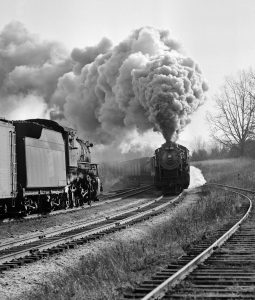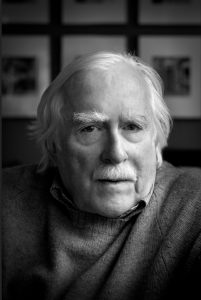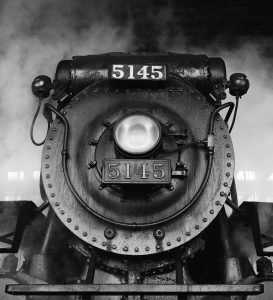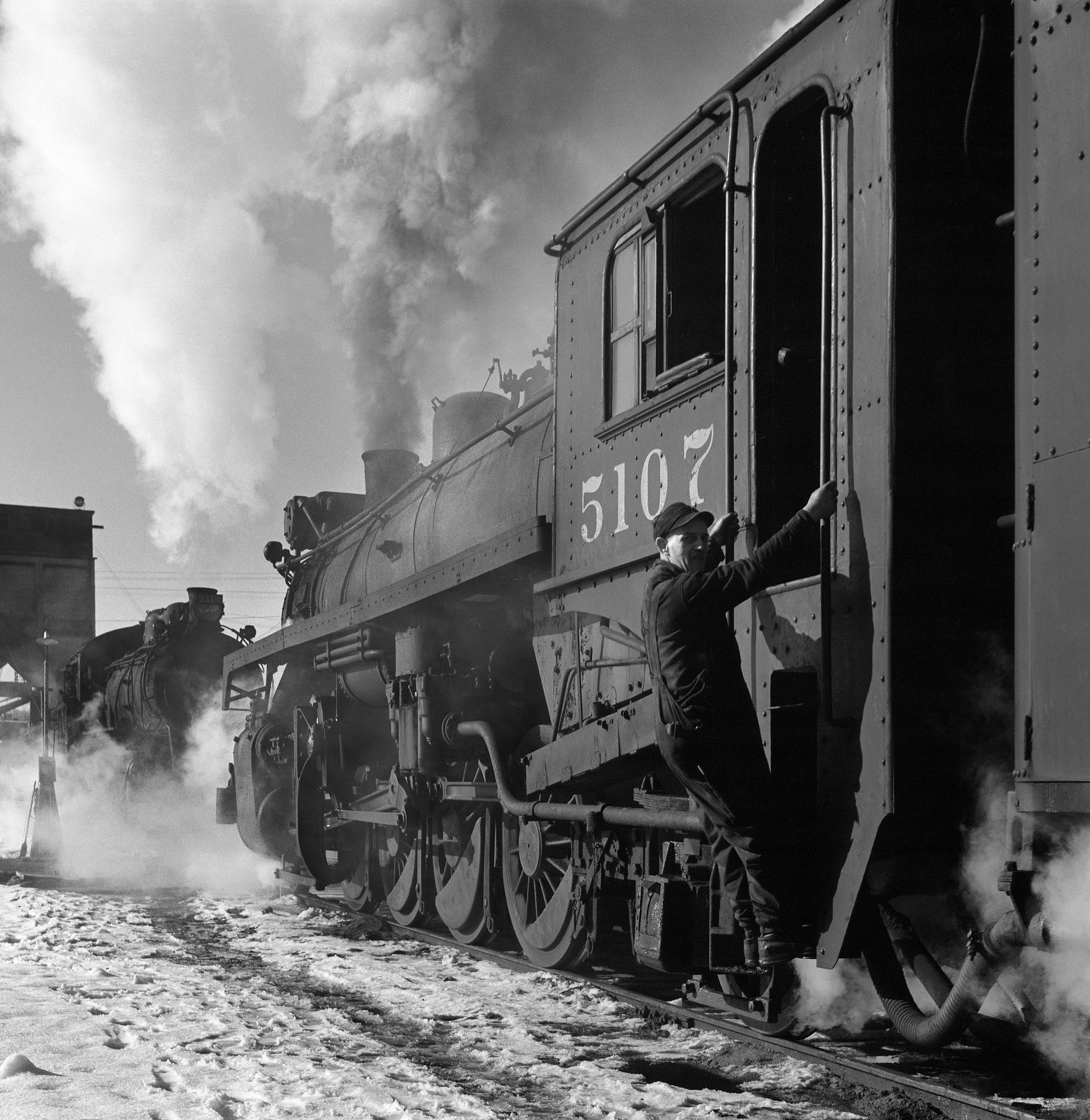
TUSCALOOSA, Ala. — Trains and locomotives will be the feature of The University of Alabama’s Mildred Westervelt Warner Transportation Museum‘s newest exhibit, which opens April 4.
“Requiem for Steam: The Railroad Photographs of David Plowden” will feature a stunning collection of 30 framed black and white photographs of a variety of different trains and locomotives spanning several decades and all taken by the same photographer across the United States and Canada, said Katherine Edge, museum director.
“While we have trains that routinely run through Tuscaloosa, they are modern, and most are freight trains,” Edge said. “This exhibit will provide visitors with the opportunity to see images of trains and locomotives not common to our area and from decades past.”

Plowden was fascinated with steam locomotives from as far back as he can remember. As a young boy, he would watch from his family’s Manhattan apartment as steamboats traveled the East River. He traveled often behind steam locomotives on railroads throughout New England, most of the U.S. and Canada.
His captured his first railroad photo in 1943 when he was 11 years old using his mother’s camera, a box Brownie. He did not realize then that he had just discovered his passion. For the next 16 years, Plowden pursued his passion of photographing steam locomotives.
After earning a degree in economics from Yale University, he spent a year as an assistant to the train master on the Great Northern Railway in Minnesota where he learned railroading and rode trains. On his days off, he would photograph some of the company’s last steam operations.
While photographing these railroads, Plowden started thinking about becoming a photographer. He worked as an apprentice to O. Winston Link and studied with Minor White and Nathan Lyons before striking off on his own. In 1959-60, he was granted open access to the entire Canadian Pacific Railway system and documented the company’s end of steam through photographs.
With the arrival of diesel locomotives, Plowden focused on the different facets of American industry and infrastructure, but the railroad remained a common thread.

In conjunction with Plowden, the Center for Railroad Photography and Art in Madison, Wis., produced “Requiem for Steam: The Railroad Photographs of David Plowden” to commemorate Plowden’s book of the same name (W.W. Norton, 2010).
“The photographs in “Requiem for Steam” preserve the living beauty of his beloved locomotives while continuing to show the railroad’s presence in the ever-changing American landscape,” according to the Center for Railroad Photography and Art. “See in them the power of the steam locomotive, the pride of railroad men, and the lasting imprint of steel rails across the continent.”
The exhibit has been showcased in New Jersey, Texas, Virginia, Milwaukee, Connecticut and California.
The exhibit will open at the Mildred Westervelt Warner Transportation Museum Tuesday, April 4, and be available for viewing until Saturday, June 24.
“To be able to showcase a unique collection like this is a true honor, and we are excited to not only develop a relationship with the CRP&A, but we consider it a privilege to be able to share this collection with the Tuscaloosa/Northport community,” Edge said. “The Requiem exhibit will provide visitors with an excellent and convenient way to view a fantastic collection that has captured the majesty, beauty and power of the locomotive. This show will enrich the lives of visitors to the grand sweep of the railroad and its great impact.”
Contact
Kim Eaton, UA media relations, 205/348-8325, kkeaton@ur.ua.edu
